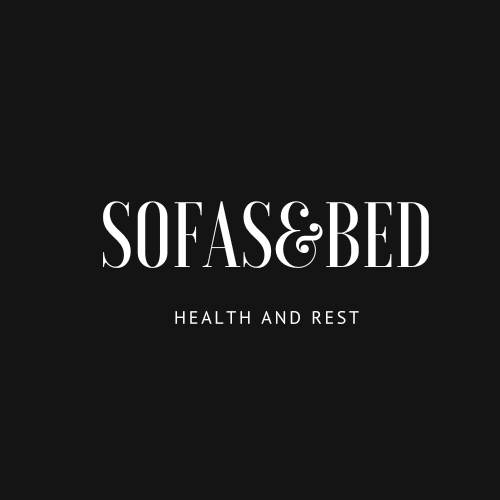How Modern Technology Disrupts Sleep Patterns
The Science Behind Blue Light and Sleep
Melatonin Suppression
Blue light from devices delays melatonin production by up to 3 hours.
Circadian Rhythm Disruption
Artificial light tricks your brain into thinking it’s daytime.
LED Light Intensity
Smartphone screens emit brighter light than most indoor lighting.
Wavelength Sensitivity
460-480nm blue light most effectively suppresses melatonin.
Other Technological Sleep Disruptors
Mental Stimulation
Engaging content keeps your brain active when it should be winding down.
Notification Anxiety
Even silent alerts can create subconscious sleep disturbances.
Sleep Fragmentation
Vibrations or lights from devices can cause micro-awakenings.
Electromagnetic Fields
Some studies suggest EMFs may affect sleep architecture.
Creating a Technology-Free Sleep Sanctuary
Device Management Strategies
Digital Curfew Implementation
Establish a firm cutoff time for all devices before bed.
Alternative Evening Activities
Replace screen time with reading physical books or listening to podcasts.
Device Charging Location
Charge phones outside the bedroom to resist temptation.
Blue Light Filter Effectiveness
While helpful, filters don’t eliminate all sleep-disrupting effects.
Sleep-Friendly Technology Alternatives
E-ink Devices
E-readers without backlighting are better for bedtime reading.
Smart Lighting Solutions
Use amber or red lighting in evening hours.
Smart Bulb Settings
Program lights to automatically dim in the evening.
Alarm Clock Alternatives
Use sunrise simulators instead of phone alarms.
